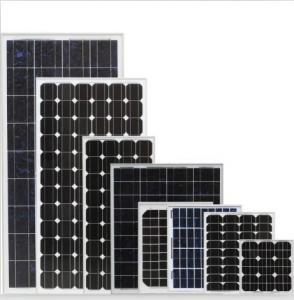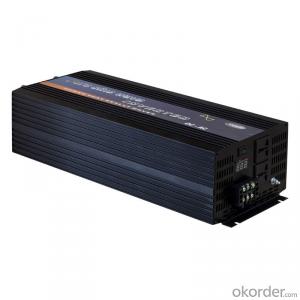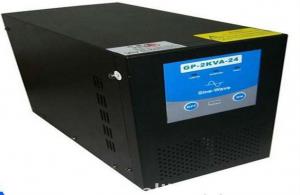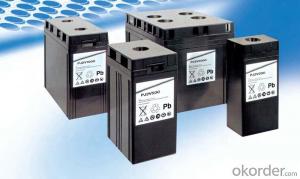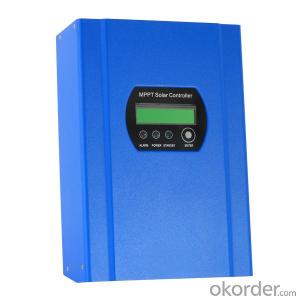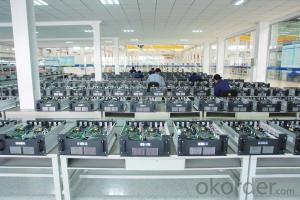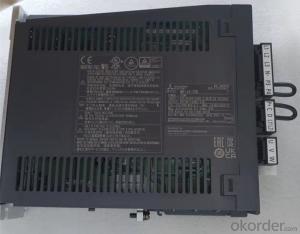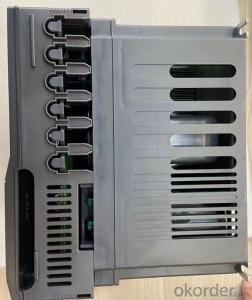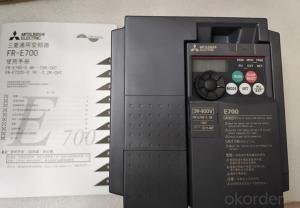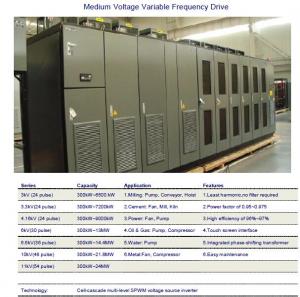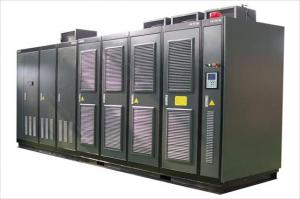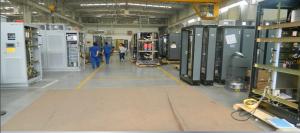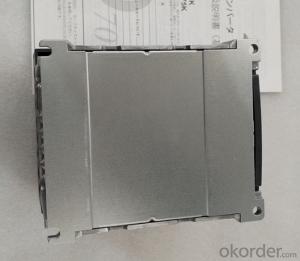Solar Inverter 2000 Watt
Solar Inverter 2000 Watt Related Searches
2000 Watt Solar Inverter Solar 2000 Watt Inverter 2000 Watt Solar Power Inverter Solar Inverter 2000w Solar 2000 Watt Power Inverter Solar Power Inverter 2000w 2000w Solar Inverter Solar 2000w Power Inverter 2000va Solar Inverter 2000w Solar Inverter Price 200 Watt Solar Inverter 200kw Solar Inverter 12000 Watt Solar Inverter 200w Solar Inverter 200 Kw Solar Inverter 200 Amp Solar Inverter 2500 Watt Solar Inverter Solar 3000 Watt Inverter Solar Inverter 4000 Watt 3000 Watt Solar Inverter 20kw Solar Inverter 2 Kilowatt Solar Inverter 2kw Inverter Solar Solar 2kw Inverter 200 Watt Solar Panel Inverter 1000 Watt Solar Inverter 2kw Solar Inverter 20 Kw Solar Inverter 3000 Watt Solar Power Inverter Solar Power Inverter 3000 WattSolar Inverter 2000 Watt Supplier & Manufacturer from China
Solar Inverter 2000 Watt is a high-performance solar power conversion device designed to convert the DC power generated by solar panels into usable AC power. This product is essential for harnessing the energy produced by solar panels and making it compatible with electrical grids and appliances. The Solar Inverter 2000 Watt is widely used in various applications, such as residential and commercial solar power systems, off-grid power solutions, and backup power supplies. It is particularly useful in areas with limited access to traditional power sources or where energy independence is a priority. Okorder.com is a leading wholesale supplier of Solar Inverter 2000 Watt, offering a vast inventory to meet the growing demand for renewable energy solutions. With competitive prices and reliable service, Okorder.com ensures that customers have access to high-quality solar inverters to support their energy needs.Hot Products

